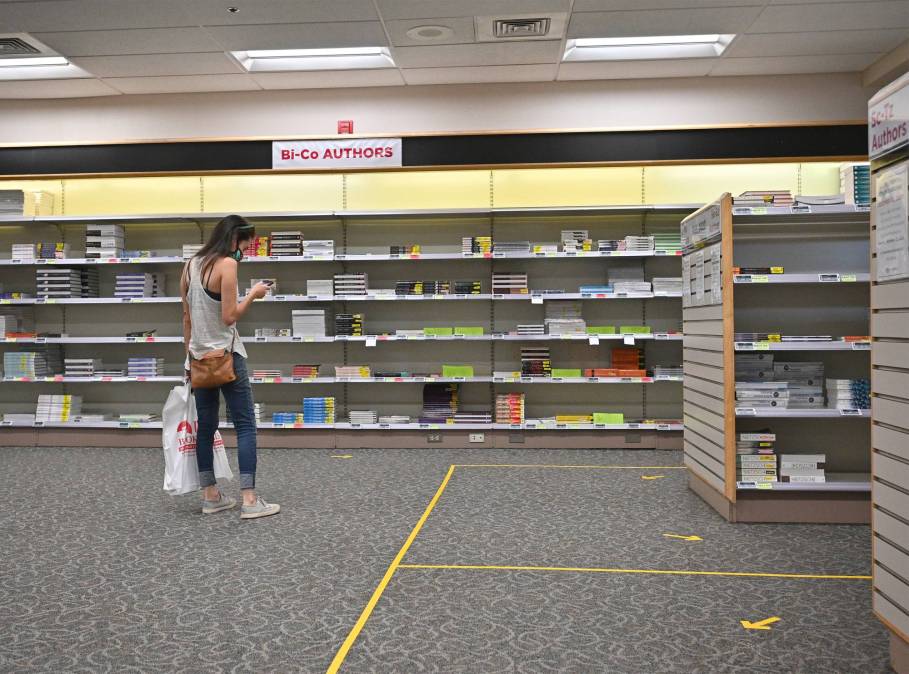As colleges and universities continue to test open educational resources, millions of dollars are being spent on programs that explore how students and instructors use free online materials.
The funding is designed not only to create new, free textbooks for instructors to incorporate into courses, but also to redesign the courses themselves to shift the learning process away from traditional, hardbound textbooks.
California officials this year approved $115 million to develop OER and zero-textbook courses across the state after estimating savings from an earlier “zero-textbook” initiative. Pennsylvania and West Virginia also awarded thousands of dollars in OER grants.
Here are seven examples of how open educational resources grew in 2021.
